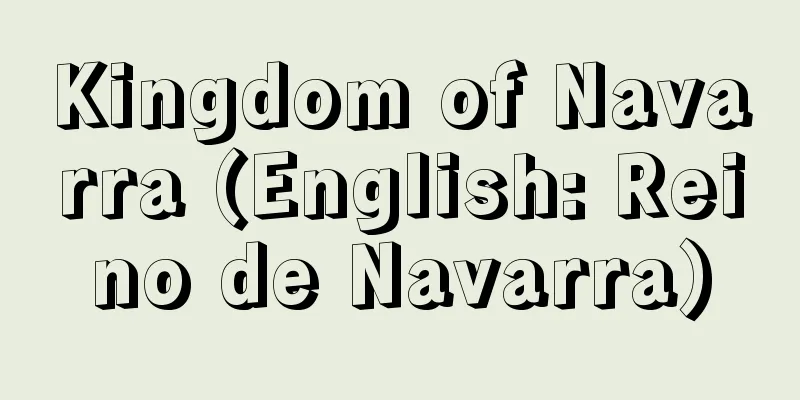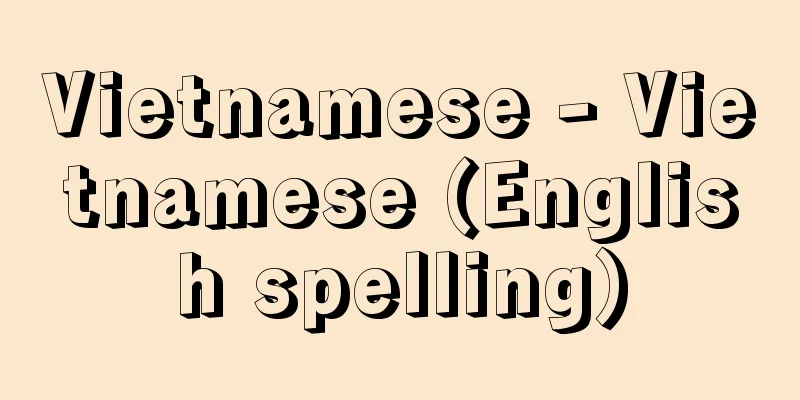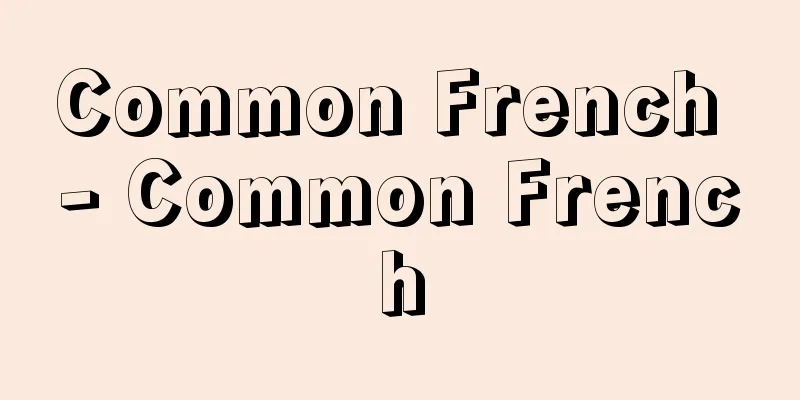Eating a meal - Kasshiki

〘Noun〙① ("Katsu" means to chant) In Zen Buddhism, the act of informing the masses (daishu) about meals and chanting the names of the food such as water and rice. Also, the monk who performs this role. Later, this role was mainly played by young boys with hair, and they were called young boys (chigo) . Kasshiki Anja (a practitioner of chanting food) . ※Eihei Dogen Zenji Seiki (mid-13th century) - Going to the Porridge Rice Method: "The ascetic gives food and eats. The ascetic eats and eats. The ascetic first enters the front gate . He faces the holy monk and asks questions. When he reaches the abbot , he is in front of the person. <omitted> He faces the holy monk and asks questions. He then stands and eats with his hands up." ※Hyaku Monogatari (1659 ) , part 2: "The ascetics of the Five Mountains are so absorbed in their renku that they have no other choice. It is said that those who practice chigo kasshiki also practice the gentle path."② A Noh mask. It is made to resemble ①. The mask of a half-monk, half-layman boy with bangs in the shape of a ginkgo leaf on his forehead. It is used in "Togan Koji", " Jinen Koji " , " Kagetsu ", etc. There are three types of hairstyles, Okakushoku, Nakakakushoku, and Kokakushoku, depending on the length of the bangs. ③ A type of hairstyle used mainly by children of samurai families in the past until coming of age. The hair is tied on top of the head with a flat top knot , and then tied up in a pigtail and cut evenly around the shoulders. ④ A type of wig in Kabuki. A hairstyle with a tied top knot and hanging down at the back. It is used for high-ranking female roles in period kyogen, such as Shizuka in "Funabenkei" and Fuji no Kata in "Kumagaya Jinya." *Kabuki Ibaraki (1883) "From the flower path, wearing a white headband with a mashiba white kimono, a Chinese-woven tsuboori, a cypress wooden hat slung diagonally across his shoulder, and a walking stick." ⑤ Nyobo no Kotoba. A way of writing the address of a letter, used when it is addressed to a soba (attendant) rather than to a noble person directly. ※Goyudono Jojiki - Bunmei 14 (1482) July 10th "The lord of the moon, the lord of the palace ...Ka-shiki [eating]Source: The Selected Edition of the Japanese Language Dictionary About the Selected Edition of the Japanese Language Dictionary Information |
〘名〙① (「喝」は唱えること) 禅宗で、大衆(だいしゅ)に食事を知らせ、食事について湯、飯などの名を唱えること。また、その役をつとめる僧。のちには、もっぱら有髪の小童がつとめ、稚児(ちご)といった。喝食行者(かっしきあんじゃ)。※永平道元禅師清規(13C中)赴粥飯法「施食訖。行者喝食入。喝食行者先入二前門一。向二聖僧一問訊訖。到二住持人前一。〈略〉面向二聖僧一問訊訖。又手而立喝食」※咄本・百物語(1659)下「五山の喝食(カッシキ)、連句に心を入て他事なし。さる人いふやうは、ちごかっしきなどは、又やはらかなる道をも御がくもんありたるよし」② 能面の一つ。①に似せて作ってある。額に銀杏(いちょう)の葉形の前髪をかいた半僧半俗の少年の面。「東岸居士(とうがんこじ)」「自然居士(じねんこじ)」「花月(かげつ)」などに用いる。前髪の大きさにより大喝食、中喝食、小喝食などの種類がある。③ 昔、主に武家で元服までの童子が用いた髪型の一種。頭の頂の上で髪を平元結(ひらもとゆい)で結い、さげ髪にして肩のあたりで切りそろえる。④ 歌舞伎の鬘(かつら)の一つ。もとどりを結んでうしろにたらした髪型。「船弁慶」の静、「熊谷陣屋」の藤の方など時代狂言で高位の女性の役に用いる。※歌舞伎・茨木(1883)「花道より真柴白のかっしき鉢巻、唐織の壺折、檜木笠を斜に背負ひ、杖を突き出来り」⑤ 女房詞。書状の宛名の書き方で、貴人に直接あてないで、そば人にあてる場合に使用される。※御湯殿上日記‐文明一四年(1482)七月一〇日「めてたき御さか月宮の御かた、おか殿御かつしき御所、ふしみとの〈略〉一とにまいる」[語誌](①について) 「庭訓往来抄」では「故に今に至るまで鉢を行之時、喝食、唱へ物を為る也」と注する。また、「雪江和尚語録」によれば、後世は有髪の童児として固定していたようである。
か‐しき【喝食】出典 精選版 日本国語大辞典精選版 日本国語大辞典について 情報 |
<<: Koshi poetry tour - Kashiginko
Recommend
Vivianite (vivianiite)
A deep blue iron phosphate mineral. Its chemical c...
Kadobi
〘Noun〙① A fire lit in front of the gate when seein...
Motoo Kimura
Born: November 13, 1924 in Okazaki [Died] November...
Brute - Brute
...His anti-Hollywood or anti-establishment words...
Jacob van Artevelde
Around 1290 - 1345 Flemish politician. Also read a...
Cabot
Cabot: US Navy aircraft carrier. Independence-clas...
Traffic orphans
〘 noun 〙 A child who has lost one or both parents ...
Room - Muro
[1] 〘Noun〙① An ancient house made by digging a hol...
AE (person's name) - AE
…one of the ethnic groups that make up the histor...
Hydrophile colloid
...the concept of macromolecules or polymers was ...
One Village, One Product Movement
A movement in which each region takes the initiati...
Rubik, E. (English spelling) RubikE
…The Rubik's Cube (Figure 42-a) is said to be...
Algonkian - Argonkian
…In North America, unmetamorphosed or weakly meta...
Enhadra scaevola (English spelling)
…[Tadashige Nabe]. . … *Some of the terminology e...
Kanchanaburi (English spelling)
The capital of the province of the same name in ce...









